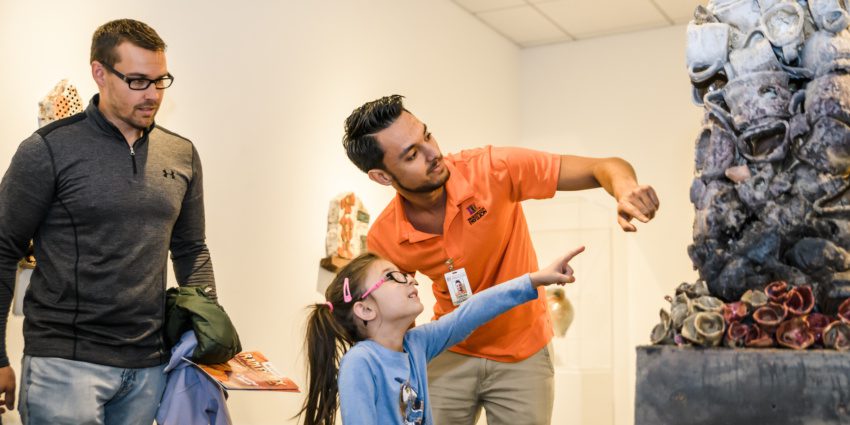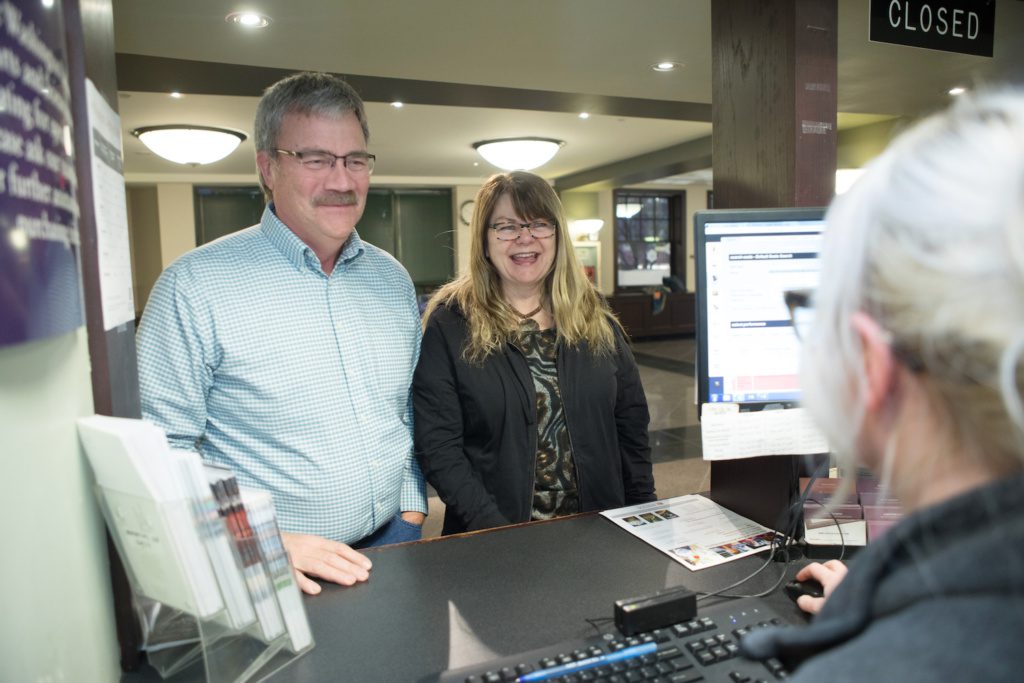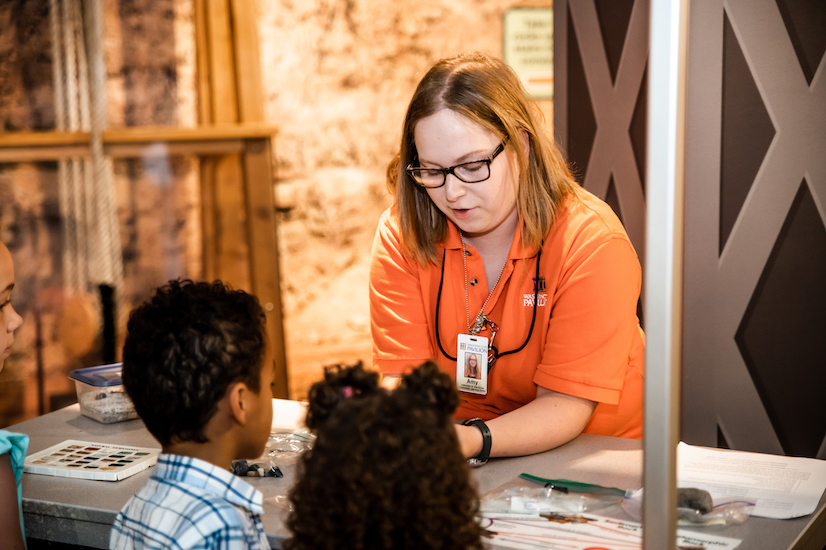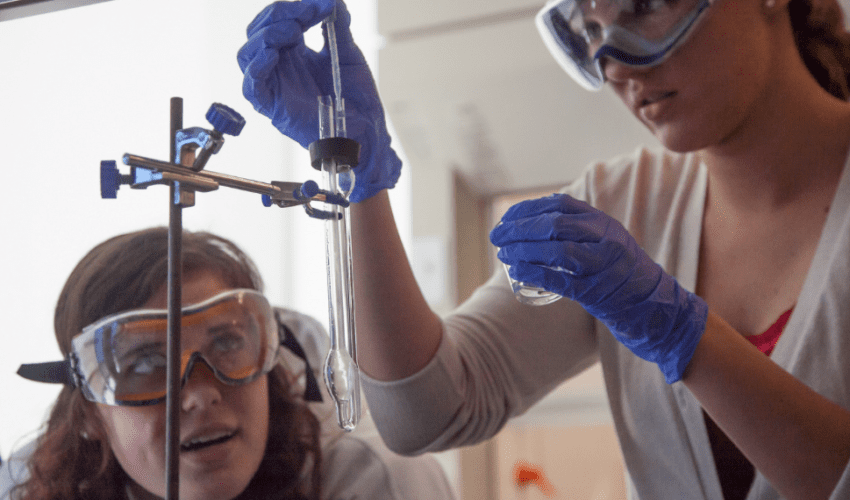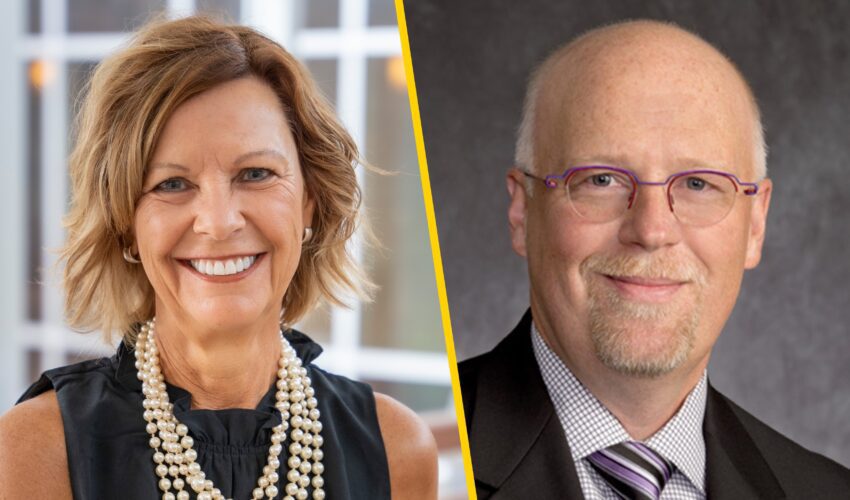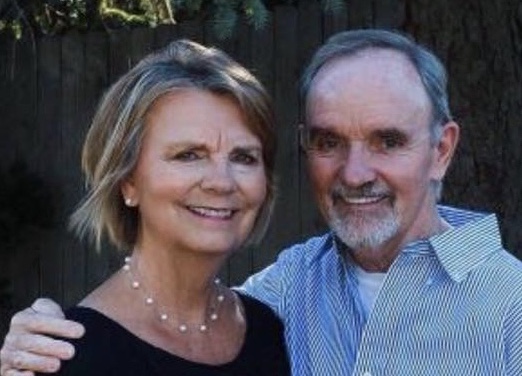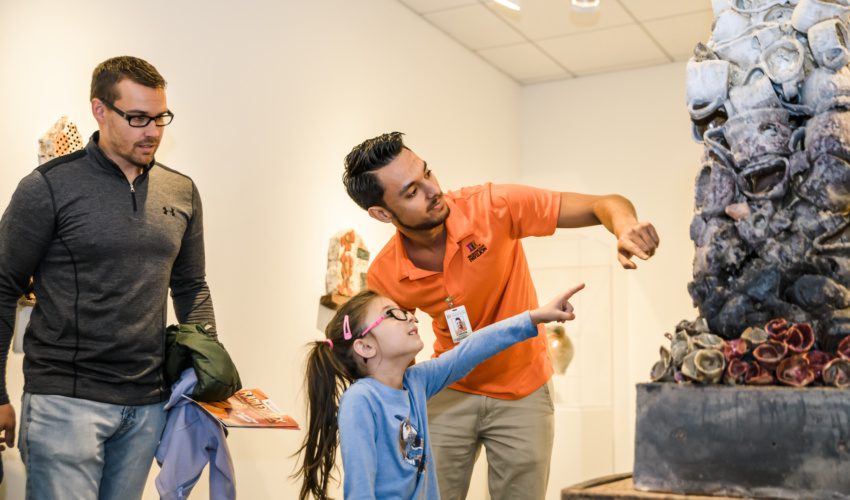‘Coming soon’ to the Washington Pavilion: Memorable customer experiences
June 16, 2020
This paid piece is sponsored by FiveFour.
The Washington Pavilion of Arts and Science has a new feature in the post-quarantine world.
It’s the promise of a better customer experience, not from a new exhibit or event, but by focusing on the people who walk through the doors.
The Pavilion closed March 17 because of the coronavirus. That meant no revenue for an arts and entertainment facility that survives on discretionary income of supporters. As unnerving as that was, it was also an opportunity, said Darrin Smith, the president and CEO of the organization.
During the shutdown, the entire staff dedicated to a shift in culture. That effort centered on a training program developed by FiveFour, a Sioux Falls firm that specializes in guiding a culture of customer experience for companies.
It was Smith’s goal since taking the Pavilion leadership job four years ago to close the gap between trying to tell the patrons what they should like – and spend their money on – and what people actually want.
“As a staff, we sometimes focus on what’s easiest or most convenient for us, even though we know what’s best for the customer or that we should go the extra mile for the customer,” he said. “We convince ourselves that everybody is so busy and then do what’s easiest for us.”
What does that shift mean for the average person who walks through the door?
“It starts at our box office,” Smith said. “That’s really where we interface with the public directly on a regular basis. Everybody pretty much has to go through our box office to get to anything in the building. That’s where it starts and ends.”
From top to bottom, the Pavilion staff is rededicated to serving the patrons. The experience has to be memorable – in a good way – and it must be consistent.
That doesn’t happen by chance, said Nathan Schock, president and chief operating officer of FiveFour.
Designing a customer experience must be intentional. Every detail and variable is examined and planned to the best of your ability.

“When you think about the companies renowned for great experience – like Disney or the Four Seasons hotels – they never get it wrong,” he said. “Why? Because they’ve thought of everything that can go wrong. They train and train and train to make sure they respond correctly so that their guests never see the wrinkle.”
Test how you’re doing
Does your business have the elements of memorable customer experience? Take this short quiz and find out.
The score is based on the principles outlined in “The Experience Economy” and the OnStage training system developed by FiveFour, a Sioux Falls company.
Schock led the Pavilion’s transformation program, which included behavioral assessments, front-line service training and developing cultural standards to guide all workplace interactions.
The good news, he said, is that the Pavilion started with a good base. The staff is mission-driven and understands service. Designing memorable customer experience takes it another step to commit to a higher standard of service and consistency. To do that, you have to understand yourself and others, how you communicate and what you want to achieve.
It’s not as simple as watching YouTube videos about how to do your job, Schock said. Changing a culture requires repetition and reinforcement – again and again – until it’s engrained.
And it’s not for everyone.
“Nothing gets better until you get better,” he said.
The customer-experience concept grew out of the idea that the economy was shifting. “The Experience Economy” was coined by Joe Pine and Jim Gilmore in their book of the same name in 1999. Since then, it has become a business philosophy that recognizes the American consumer is increasingly willing to reward companies for experiences over commodities.
The isolation of digital communication increased this desire. And now the coronavirus, which drove people apart with unprecedented speed, will influence consumer patterns again.
FiveFour partnered with Pine and Gilmore in 2019 to produce OnStage, an online training resource for front-line workers. The training breaks the process into five phases of experience, including real-world examples, interactivity and exercises.
The OnStage element appealed to Smith because it’s sincere. He said watching Pine and Gilmore is a little like the old Siskel and Ebert “At the Movies” television show. You’re drawn to them because they’re authentic, something that plays well with millennials who make up much of the Pavilion staff.
“I knew a traditional training program would not work for us,” he said. “It’s down to earth. They use real-life examples. Not in theory, not academic, but real-life examples of how you take care of customers. That was what closed the deal for me.”
Pavilion leadership started the training program before the coronavirus hit. So they were ready to start in earnest just when they suddenly had time, Smith said.
And Schock didn’t let them slow down.
“We brought Nathan in to inspire the troops,” Smith said. “The strategy of getting Nathan involved early and letting him come in and help sell it was very important.”
The online component of FiveFour’s training system is accessible through any internet-enabled device, including phones and tablets. That’s important when your staff is spread across the area and can’t come to the office, Smith said.
“Thank God we selected a training module that’s very flexible,” he said. “It’s online. You can do it from anywhere, sitting on your front porch. You can do it at work, do it on your phone, tablet, computer, whatever works for you. The delivery system is very flexible. It works for all ages. It works for all technology levels.”
The staff is all-in, Smith said, though it isn’t always easy to put your ego aside and commit to the person standing in front of you.
“People are telling you what they want. You just have to pay attention to it and listen. And then actually do something about it. Sometimes that requires change or just doing things different, and that’s hard to do for a lot of people.”
The phased reopening of the Pavilion started June 1. It’s not yet clear when larger events – such as concerts in the Great Hall – will continue. But for now, the staff members of the Pavilion are back at work and excited about what lies ahead, Smith said.
And that’s going to translate to memorable experiences for the patrons, he added.
“They’re going to see it and feel it right away, no question about it.”

